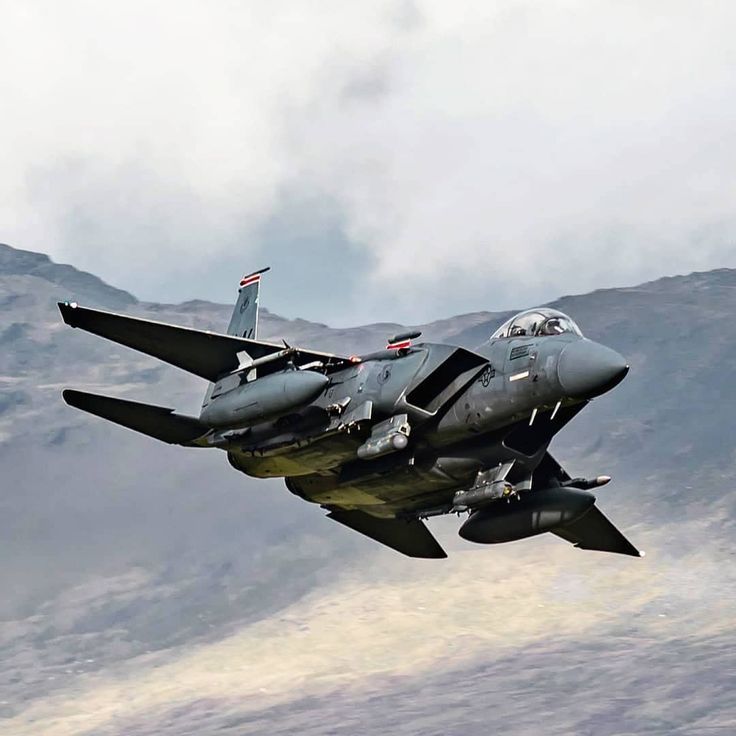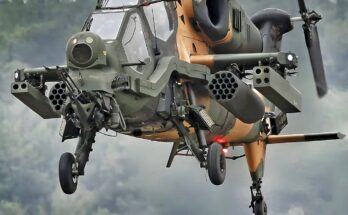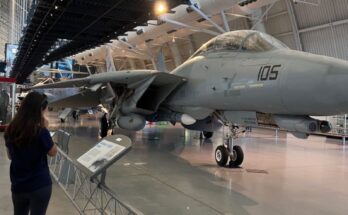
The F-15 Eagle has long been recognized as one of the most dominant fighter aircraft ever built. Since its introduction in the 1970s, it has earned a legendary reputation for air superiority, speed, and lethal precision. The phrase “Eagle Strike” captures the essence of what this aircraft represents: overwhelming power delivered with accuracy and decisiveness.
At its core, the F-15 was designed around a simple concept—never lose a dogfight. To achieve that, McDonnell Douglas (now Boeing) engineers equipped it with unmatched speed, advanced avionics, and powerful weapons. Capable of reaching speeds over Mach 2.5, the Eagle can outclimb, outmaneuver, and outgun nearly any opponent. Its twin Pratt & Whitney F100 engines provide a thrust-to-weight ratio greater than 1:1, allowing it to accelerate while flying straight up, a feat that stunned both allies and adversaries.
The “strike” element of the Eagle’s name became even more pronounced with the development of the F-15E Strike Eagle. This upgraded variant was designed not only for air-to-air dominance but also for precision ground attack. Equipped with advanced radar, laser-guided bombs, and electronic warfare systems, the Strike Eagle transformed the F-15 from a pure fighter into a multirole powerhouse. It could sweep the skies of enemy aircraft and then, in the same mission, destroy ground targets with pinpoint accuracy.
The combat record of the F-15 is equally impressive. Since its first engagements, it has achieved over 100 aerial victories without a single confirmed loss in air-to-air combat. This perfect kill ratio is a testament to both the aircraft’s design and the skill of the pilots who fly it. The Eagle proved itself in conflicts ranging from the Middle East to the Balkans, demonstrating again and again that when the Eagle strikes, the outcome is rarely in doubt.
Beyond raw statistics, the F-15 embodies a philosophy of dominance. Its advanced radar allows pilots to detect enemies from great distances, while its array of missiles—such as the AIM-7 Sparrow, AIM-9 Sidewinder, and AIM-120 AMRAAM—ensure that it can strike first and strike hard. In close-range combat, its agility and cannon firepower make it just as deadly.
The legacy of the Eagle Strike continues today. Modernized versions of the aircraft, such as the F-15EX, extend its service life into the future with upgraded avionics, digital flight controls, and the ability to carry a wider range of weapons. Even in an era of stealth fighters and drones, the Eagle remains a symbol of overwhelming force and reliability.
In military aviation, the phrase “Eagle Strike” evokes more than just an aircraft attack—it represents the decisive application of power, speed, and precision. For nearly five decades, the F-15 has embodied that ideal. Whether ensuring air superiority or delivering crushing blows to ground targets, the Eagle’s strike remains as sharp today as it was the first time it took to the skies.


